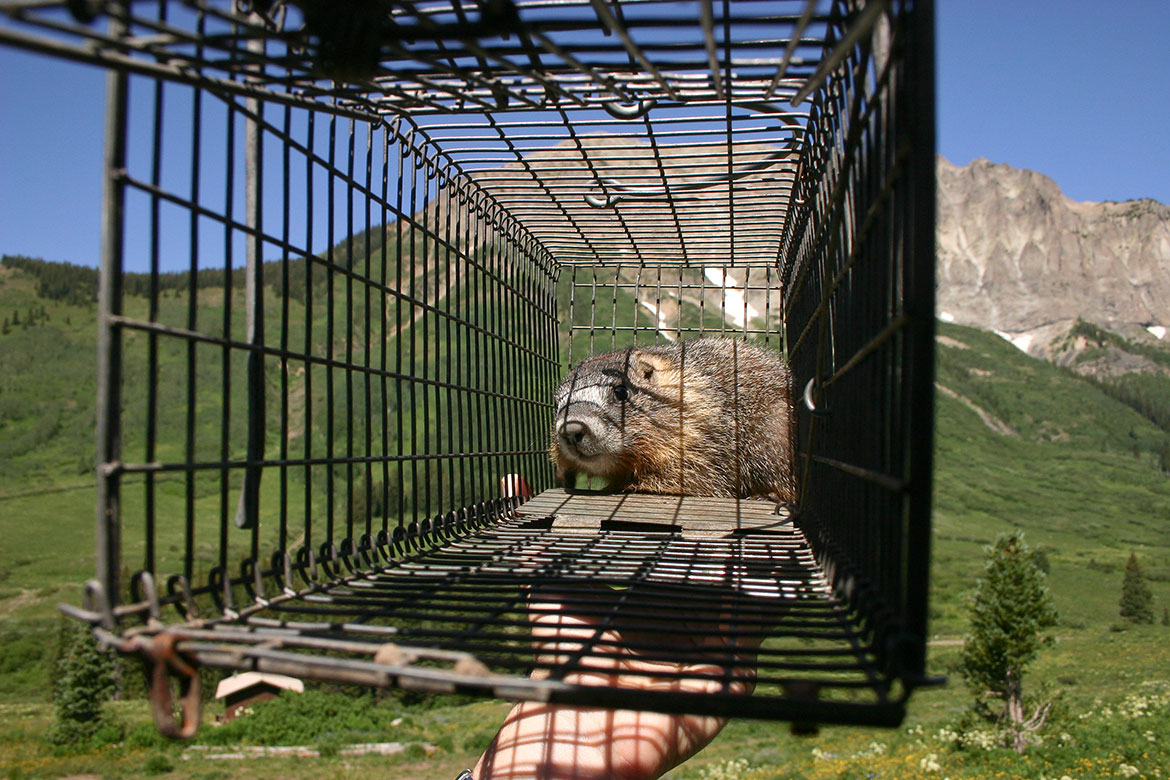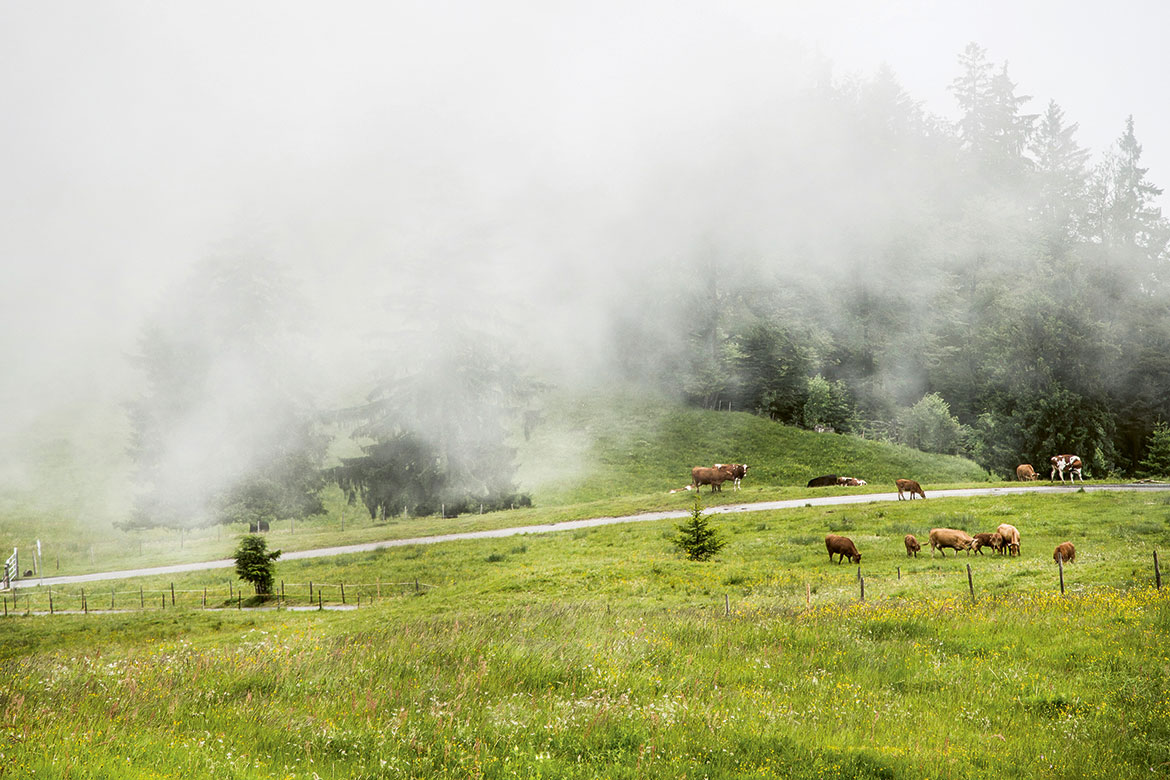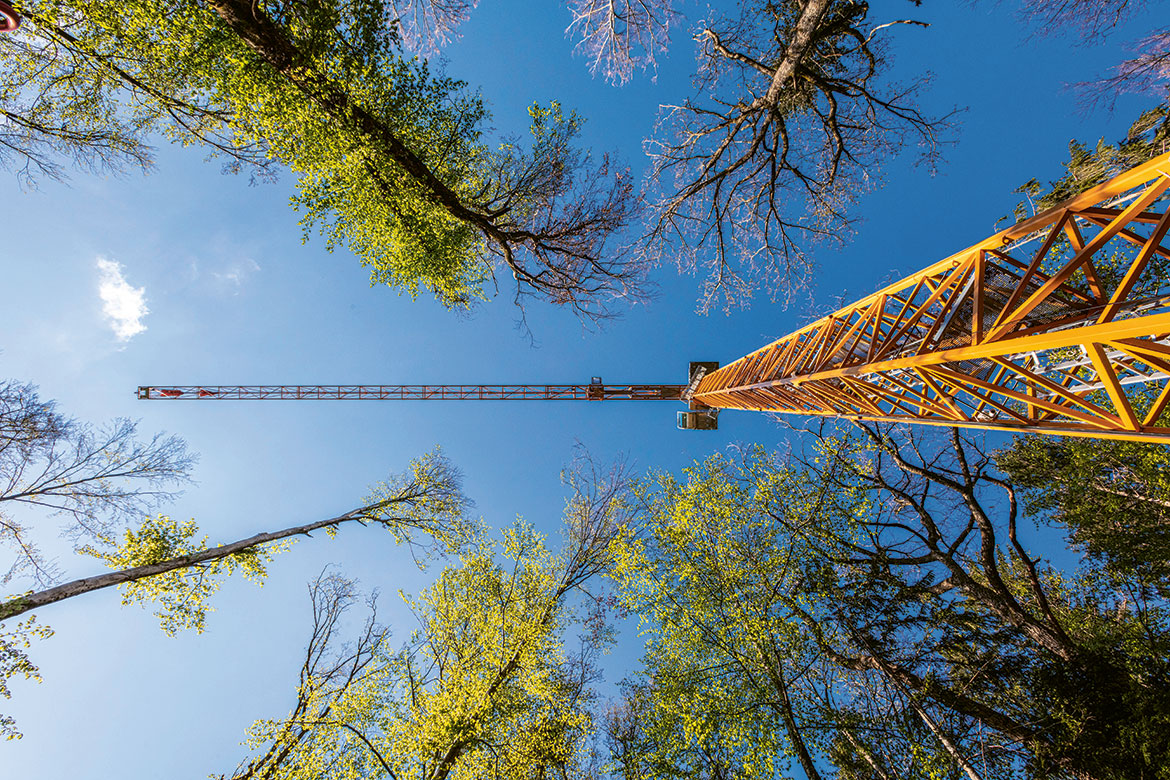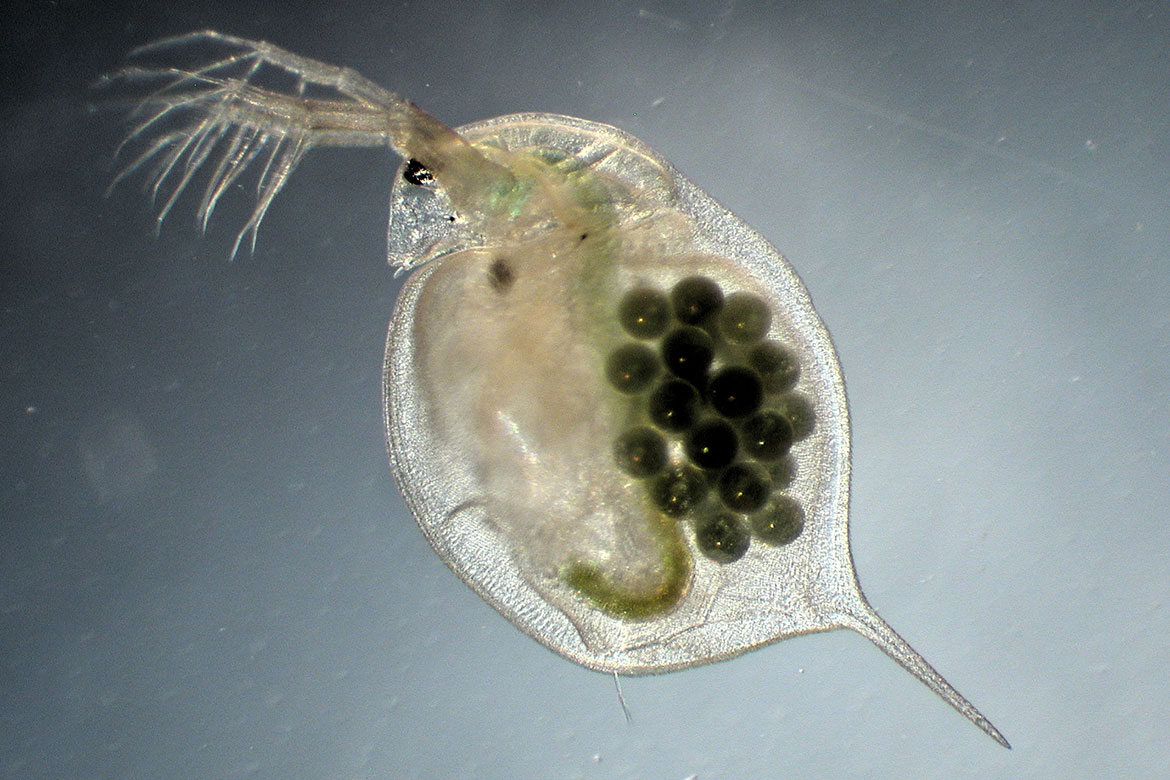CLIMATE CHANGE
Dry summers are bad for hibernation
Longer summers, milder winters – these seem ideal for marmots. But the connection between climate change and the marmot survival rate is more complicated than you might think.

An annual visitor: the yellow-bellied marmot of the Rocky Mountains. | Image: Arpat Ozgul
Marmots have adapted to the very different seasonal conditions that reign in the high mountains. In the summer, they accumulate fat, and in the winter they retreat to their burrows. The North-American, yellow-bellied marmot has been under scientific observation for forty years, and evaluating this data has shown a surprising connection between climate change and their survival rate: more animals die in the winter.
Every year, scientists have been catching marmots at the same place in the Rocky Mountains in Colorado, marking the young animals and documenting their development. This study has observed over 1,500 animals. The survival rate of the animals has decreased in the winter, despite the winters having become considerably warmer and shorter, with less snow. This is probably because the animals have been accumulating fewer fat reserves during the summer. In the area under investigation, the summers have become some 50 days longer, but also noticeably drier. This has resulted in a deterioration in the quality of food available. Nevertheless, the survival rates in the summer actually rose. But the overall balance over both the colder and warmer periods showed that more marmots died in their first year, whereas more survived in their second. There was no change among the adult population, and the overall population numbers remained almost stable.
“The key to understanding the consequences of climate change on the marmot population lies in the seasonal changes and how these affect the survival rate, the growth and reproduction of the animals”, says Arpat Ozgul of the University of Zurich, one of the main authors of the study, alongside lead author Line S. Cordes of the University of Bangor, Wales. Marmots have adapted to conditions in the mountains over a very long time. This is why rapid climate changes can often have a major impact on them. This applies not just to the North-American, yellow-bellied marmot, but also to the alpine marmot in Europe.




